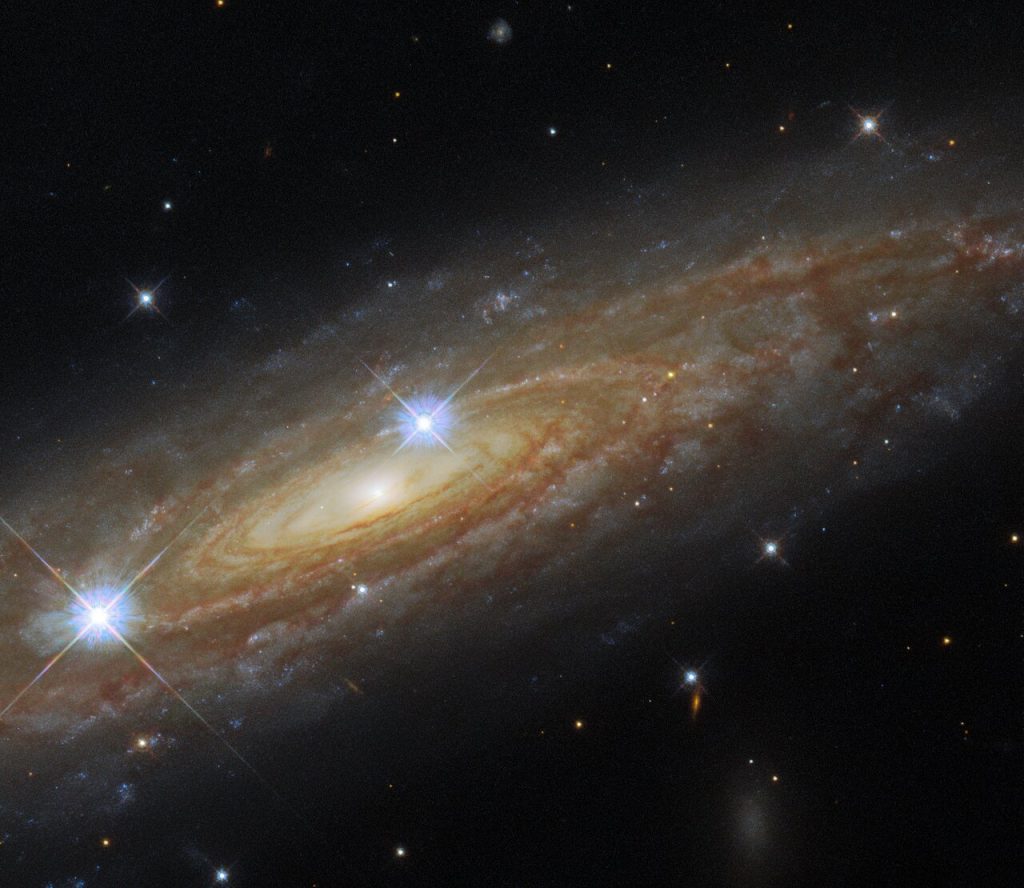- O echipă de cercetători formată din oameni de știință chinezi și străini a măsurat cu exactitate masa Căii Lactee, dezvăluind că aceasta este de aproximativ 550 de miliarde de ori mai mare decât masa Soarelui.
- Rezultatele au fost publicate recent în revista Monthly Notices of the Royal Astronomical Society.
- Masa nou măsurată a Căii Lactee reprezintă aproape jumătate din valoarea medie măsurată de alte echipe de cercetare, care era de aproximativ 1 trilion de ori mai mare decât masa Soarelui.
Un grup de cercetători alcătuit din oameni de ştiinţă chinezi şi străini a măsurat cu precizie masa Căii Lactee, dezvăluind că aceasta cântăreşte de aproximativ 550 de miliarde de ori masa Soarelui, potrivit agenţiei chineze Xinhua.
Rezultatele au fost publicate recent în jurnalul Monthly Notices of the Royal Astronomical Society.
Masa recent măsurată a Căii Lactee este aproape jumătate din valoarea medie măsurată de alte echipe de cercetători, adică aproximativ 1 trilion de ori masa Soarelui.
,,Potrivit celor mai recente rezultate ale noastre, Calea Lactee ar putea fi «mai subţire» decât credeam anterior” , a declarat Xue Xiangxiang de la Observatorul Naţional Astronomic al Academiei Chineze de Ştiinţe (NAOC), care a colaborat la acest studiu.
,,Aceasta înseamnă că există mult mai puţină materie întunecată neluminoasă, dar gravitaţională în galaxie decât se estimase iniţial” , a precizat cercetătoarea.
Potrivit lui Xue, masa este crucială pentru înţelegerea dinamicii galaxiei. Cu toate acestea, a existat o mare incertitudine în estimarea acesteia din cauza limitărilor observaţionale.
În cadrul acestei cercetări, oamenii de ştiinţă au obţinut rezultatele pe baza datelor obţinute de la LAMOST, un telescop optic de referinţă din China şi de la satelitul Gaia al Agenţiei Spaţiale Europene (ESA).
Eşantionul mare de date spectroscopice furnizat de LAMOST reprezintă unul dintre principalele avantaje ale acestui studiu comparativ cu cercetările întreprinse de alte echipe de oameni de ştiinţă, a spus Xue.
,,Eşantionul, mare nu doar ca număr şi acoperire, înregistrează şi poziţia tridimensională (3D), viteza 3D şi abundenţa metalelor fiecărei stele” , a adăugat ea.
Echipa care a efectuat studiul a fost alcătuită, printre alţii, din oameni de ştiinţă de la China Three Gorges University (CTGU), NAOC, Universitatea Tehnologică Swinburne din Australia şi Universitatea Jiao Tong din Shanghai.

